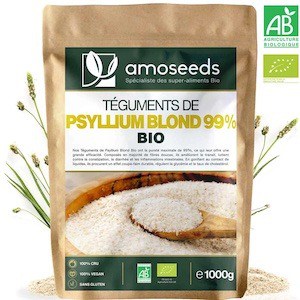Growling stomach, stomach cramps, lack of concentration… Is it hunger, or just the desire to snack?
Here are the 6 best natural appetite suppressants and satiating foods to avoid these cravings and stay in shape.
Meet us after the list to understand how satiety works and the nutrients that promote it!
📚 Read also | What are the best appetite suppressant supplements?
1. Konjac
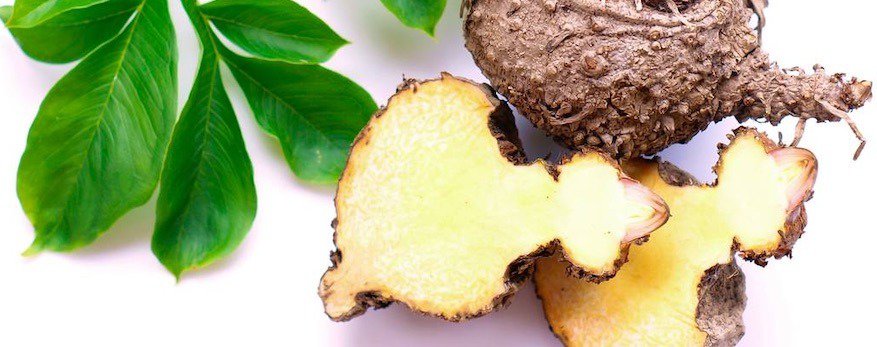
Konjac has been consumed in Japan for 2000 years for its detox benefits. But thanks to its high fiber content (64%, more than any other food) and almost no calories, it’s one of the most powerful appetite suppressants.
The glucomannan it contains absorbs up to 100 times its volume in water, creating a lasting sense of fullness. In fact, it’s one of the few foods that can use the “weight loss” claim, validated by the European Union.
Konjac can be consumed in the form of noodles, boiled for 1 minute, or more simply in capsule or powder form, to be taken 30 minutes before meals one to two times a day.
2. Chia Seeds
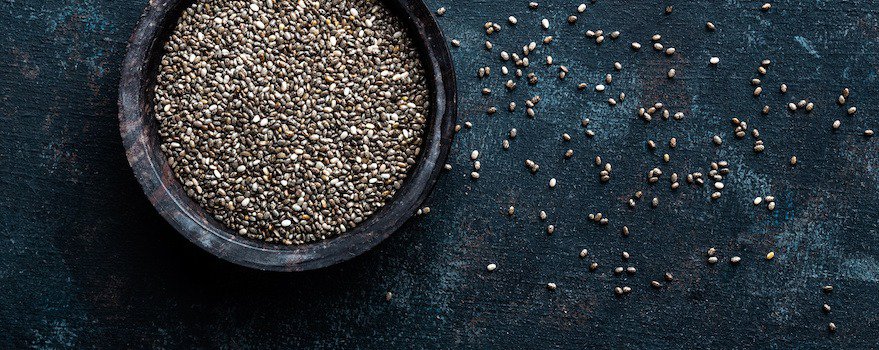
Chia seeds from Salvia hispanica are very interesting for the entire digestive system. Besides being excellent natural laxatives, they act as natural hunger suppressants thanks to their exceptional composition.
Very high in fiber (31 g per 100 g), they swell in contact with water in the stomach and turn into a thick, satiating gel. Chia seeds are also a good source of protein: they contain about 14% protein, which, let us remind you, prolongs the feeling of fullness.
The mild and fairly neutral taste of chia seeds allows you to consume them in a thousand and one ways. You can eat them as is, without cooking, simply adding them to yogurt, cereals, a cold salad… Chia seeds also go into making the famous chia pudding or cereal bars.
To concoct delicious chia seed bars, mix 2 tablespoons of chia seeds with a cup of crushed dates, some cashew butter, oat flakes, honey, and chopped nuts. Spread the preparation in a dish or on parchment paper and let it harden in the refrigerator. After a few hours, your bars are ready to be devoured!
Lire aussi l Où trouver les meilleures graines de chia du marché ?
3. Psyllium
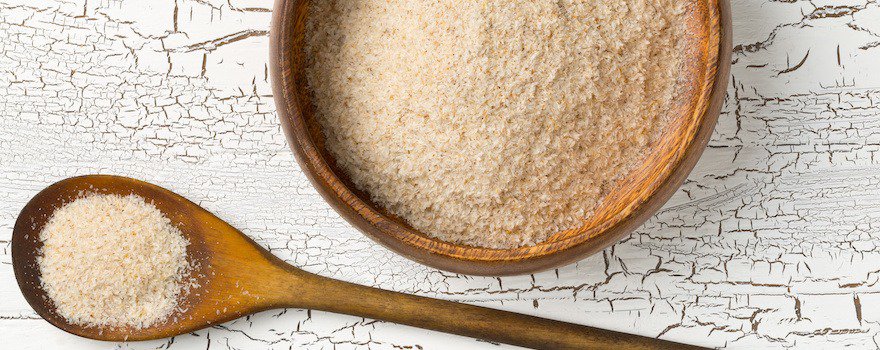
The psyllium (Plantago ovata) is very interesting as a natural appetite suppressant. The husk that surrounds the seeds is particularly rich in fiber and mucilage. Mucilage is a natural substance that swells upon contact with water and develops a thick, viscous consistency in the stomach. Psyllium seeds thus form a gel that, in addition to increasing the feeling of fullness, reduces the passage of fats and sugar in the body.
Psyllium (and mainly blonde psyllium) is therefore a very good slimming ally. You will enjoy consuming it mixed in fruit juices or smoothies or integrated into pastries, bread, cakes… Remember to drink a lot of water when consuming psyllium: it will enhance its action in the stomach.
Buy organic psyllium: my selection
So I recommend the organic psyllium from the French brand amoseeds. It is over 99% pure and comes from India (Uttar Pradesh state), its original habitat.
As explained above, I recommend amoseeds because their products come directly from local organic cooperatives, making them cheaper and of very good quality.
Don’t forget to use the promotion code -5% “DARWIN” at the time of payment for an immediate discount.
❤ I love: The excellent quality/price ratio, the controlled origin, and the positive customer feedback for the brand.
★ Customer Reviews (Trustpilot): 4.4/5
☞ Quantity: 500 g / 100 servings
✔ Discount code -5%: DARWIN
4. Goji Berries
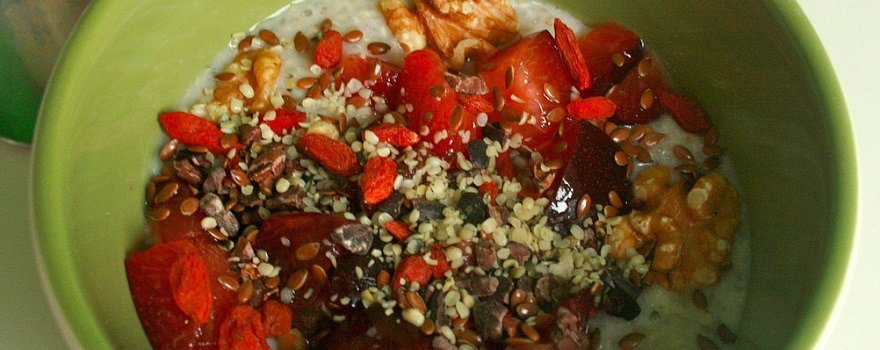
The goji berries are the fruit of the Lycium Bararum. They hardly need an introduction as their health benefits are numerous: immune system strengthening, anti-fatigue and energizing effect, liver detoxification, fighting cholesterol… But it is less known that goji berries are also a natural appetite suppressant. Very rich in proteins (12.1 g per 100 g) and plant fibers (7.78 g per 100 g), they provide a sense of satiety while limiting fat storage.
Dried goji berries have a very pleasant, sweet and slightly tangy taste. They can be consumed as they are, in juice or smoothies, with cottage cheese… Goji berries also pair very well with savory recipes based on chicken or fish.
5. Spirulina

Spirulina is a cyanobacterium often mistaken for algae, known for its exceptional composition and increasingly used as a dietary supplement. Its protein content is 9 times higher than rice and 3 times more than beef, for example. Proteins decrease appetite by prolonging the state of satiety between meals. It’s therefore an excellent natural appetite suppressant!
Spirulina also contains phenylalanine, an amino acid that contributes to the feeling of satiety and interacts with cholecystokinin, the hormone of satiety. It also has the advantage of being low in calories.
Spirulina powder can be mixed with drinks, juices, smoothies, and infusions. Although it’s not appreciated by everyone, its delicately iodized seaweed taste goes well with savory preparations: guacamole, salads, pancakes…
6. Raw Cocoa
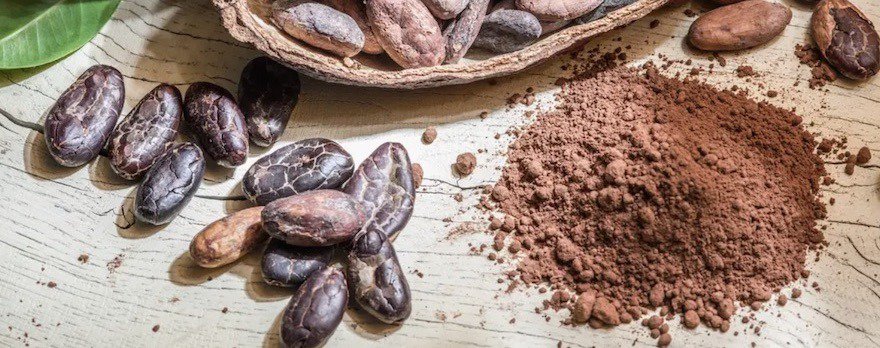
As surprising as it may seem,raw cocoa is an excellent natural appetite suppressant. Raw cocoa beans (Theobroma cacao) are rich in proteins (20 g per 100 g). They also contain other interesting nutrients for staying slim or losing weight like tryptophan. This amino acid is a precursor to serotonin, the hormone of sleep and mood as well as the hormone regulating appetite and calming sugar cravings.
We strongly invite you to discover the unique taste of raw cocoa beans! Very aromatic, they are enjoyed in the simplest way possible by crunching them. You can also crush them and sprinkle them on your sweet preparations (yogurts, compotes…) or incorporate them into pastry and cake recipes. Dark chocolate with more than 70% cocoa can also be consumed, but it will be more caloric.
Nutrients That Promote Satiety
What is Satiety?
To trigger the feeling of satiety, the body secretes a gastrointestinal hormone: cholecystokinin. When the small intestine receives enough lipids and proteins, the release of cholecystokinin in the blood is triggered. Our desire to eat decreases and the feeling of being full sets in.
Another hormone also plays an important role in satiety: leptin, also known as the “hunger hormone.” Produced by adipose tissue, its secretion increases as you eat. When it reaches the appropriate level, the brain is alerted and triggers the feeling of satiety: you no longer need to eat.
The sensation of satiety is a state of non-hunger that appears after the meal and continues for a few hours, alongside digestion. Hunger reappears when the level of cholecystokinin decreases and that of ghrelin (a hormone that stimulates appetite) increases.
It is therefore mainly the mechanism of hormones that triggers the feeling of satiety. But other factors can also affect this sensation.
Here they are:
- The nature of the food and its nutritional composition (content of proteins, fibers, glucose…)
- The insulin level in the blood (when it’s high, it suppresses the sensation of satiety)
- Psychological factors (morale, well-being…)
- Environmental and external factors
You understand: the mechanisms of satiety are quite complex and seem well-oiled. Yet, it happens that we no longer feel the sense of satiety. We continue to eat, sometimes a lot before feeling full.
This is because the sensation of hunger has been replaced by the desire to eat: we then eat without hunger. This destabilizes the production of satiety hormones and fullness is dictated only by pleasure. Since the sensation of satiety is no longer controlled and the brain fails to regulate the feeling of hunger, snacking becomes frequent.
This is how some natural appetite suppressants can help. Indeed, they increase satiety and delay the reappearance of hunger thanks to the nutrients they contain.
Pectins give the impression of being full
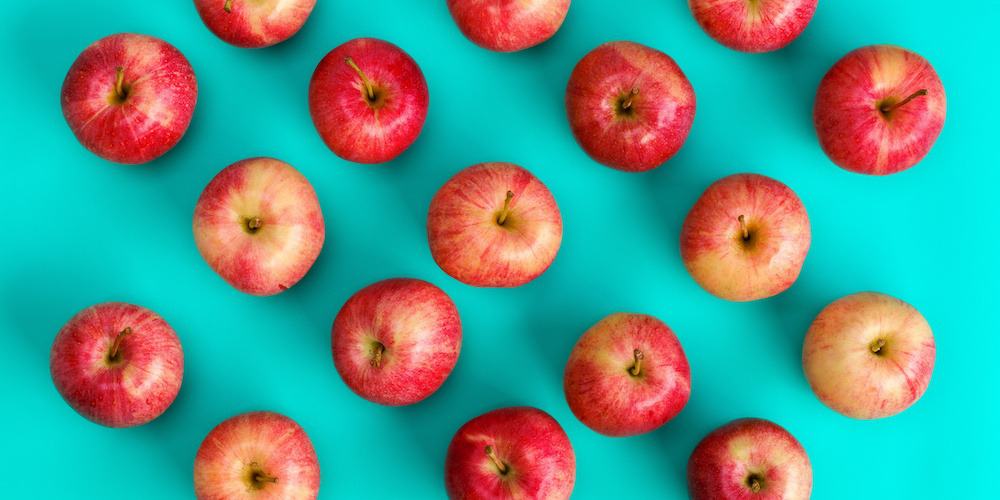
Pectins are soluble fibers of plant origin, present in the seeds and skin of many fruits. To promote the feeling of satiety, they act by following a very specific process.
Once consumed, pectins swell upon contact with water and take on a gelatinous consistency. This thick gel, which takes up more space in the stomach, quickly gives the impression of being full. At the same time, it improves intestinal transit, traps fats and sugars in the intestine.
A large quantity of pectins can be found in pomelo (1.4 g), orange (1.12 g), apple (1.1 g), and pear (1 g). Carrots, tomatoes, and potatoes are also rich in pectins.
Lipids make the stomach work longer
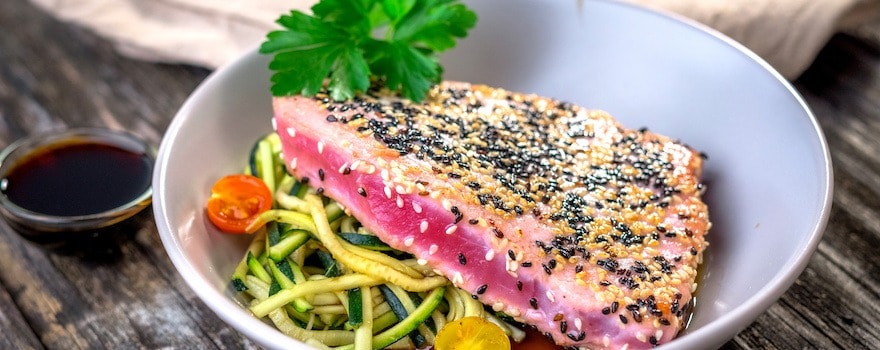
Making the stomach work longer is interesting for taking advantage of an appetite suppressant effect. Because they are digested less quickly, lipids (fats) stay longer in the stomach. Thus, digestion lasts longer and hunger reappearance is delayed.
The absorption of lipids is one of the most complex digestive mechanisms. While they are essential for the proper functioning of the body, lipids must nevertheless be consumed in reasonable quantities. Some fats are also better than others.
Oils rich in omega 3 and omega 9, oilseeds, eggs, fatty fish, or even cocoa are good sources of lipids. Thus, 100 grams of cocoa powder provide 19.7 g of lipids.
Proteins prolong the feeling of satiety
Like lipids, proteins have the particularity of taking longer to be digested. A protein-rich meal ‘fills us up’ for about 6 hours, the time it takes the intestine to break them down into oligopeptides sent from the intestine to the liver via the portal vein. A diet rich in protein therefore extends the non-hunger state between two meals.
We prefer vegetable proteins if possible. They can be found in large quantities in spirulina (composed of 60% protein), oilseeds, legumes, and seeds (flax, pumpkin…).



